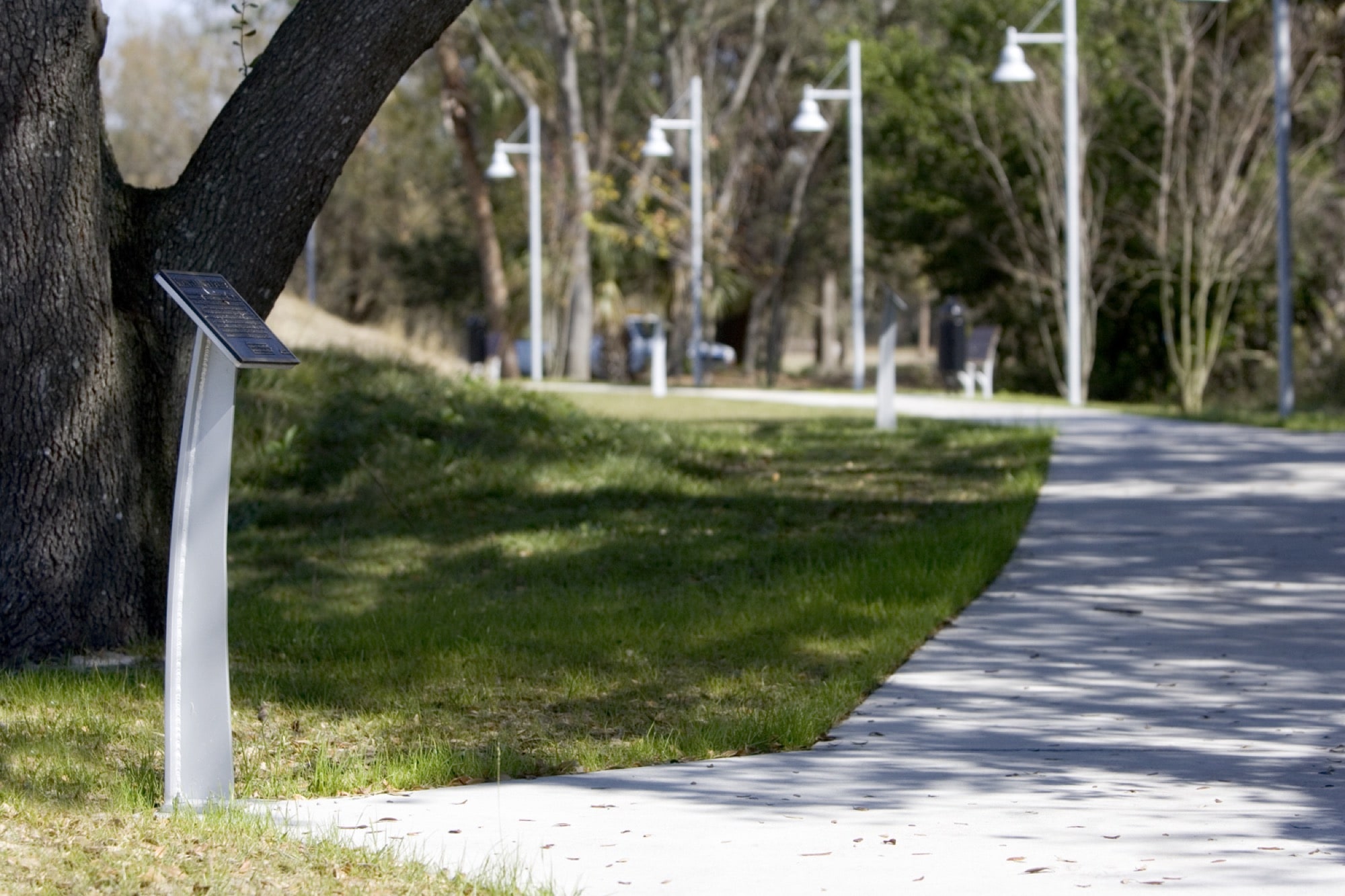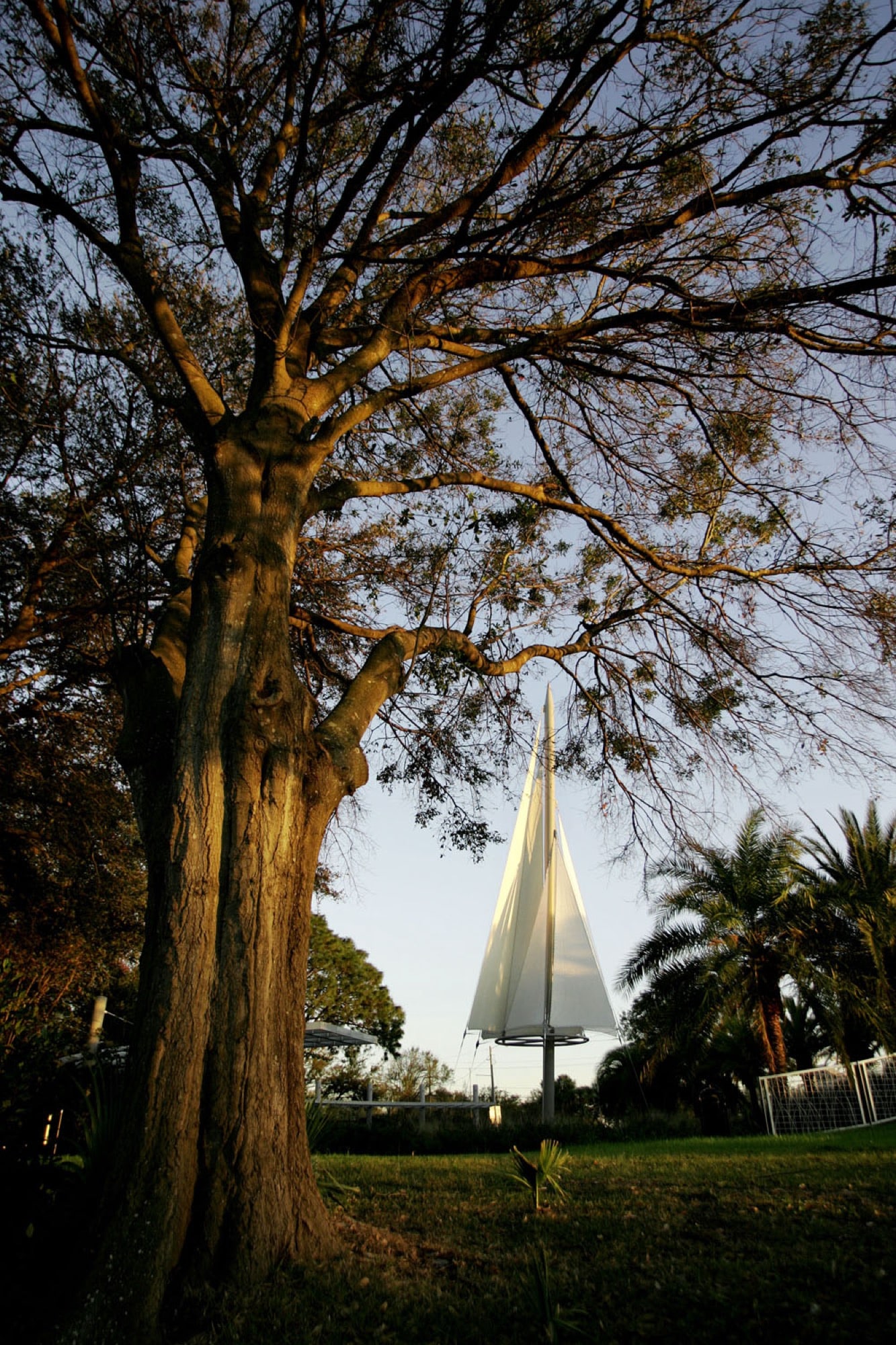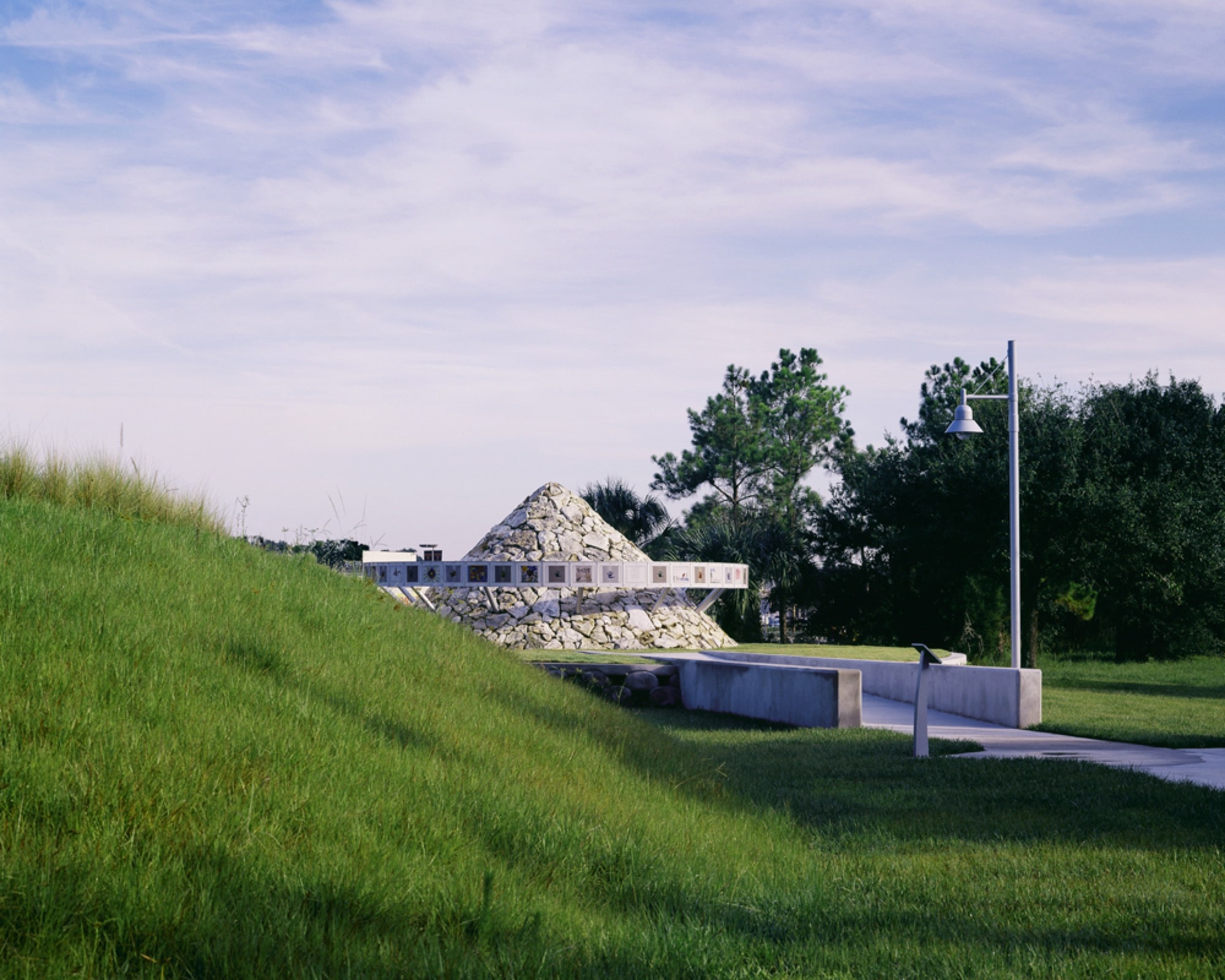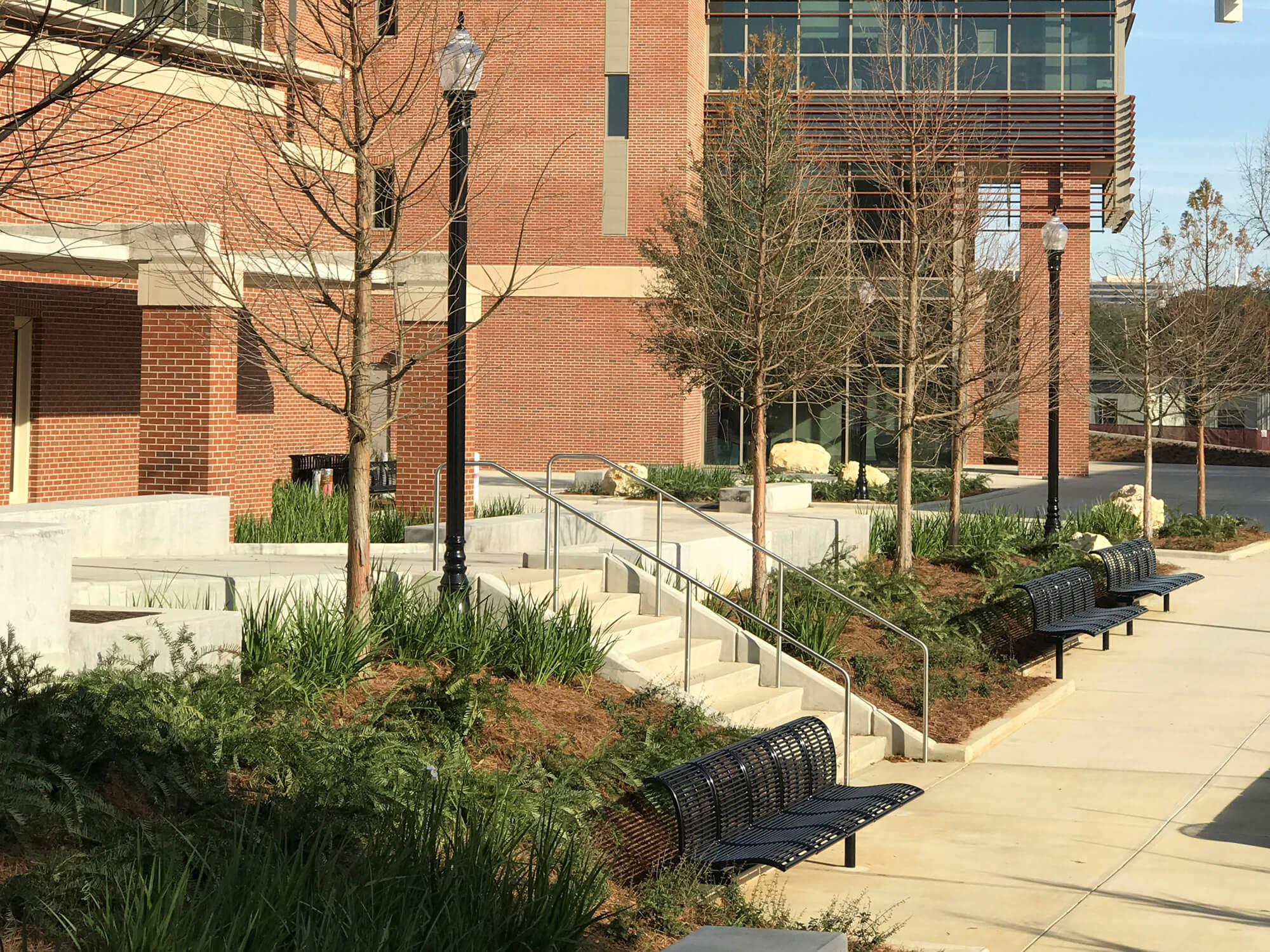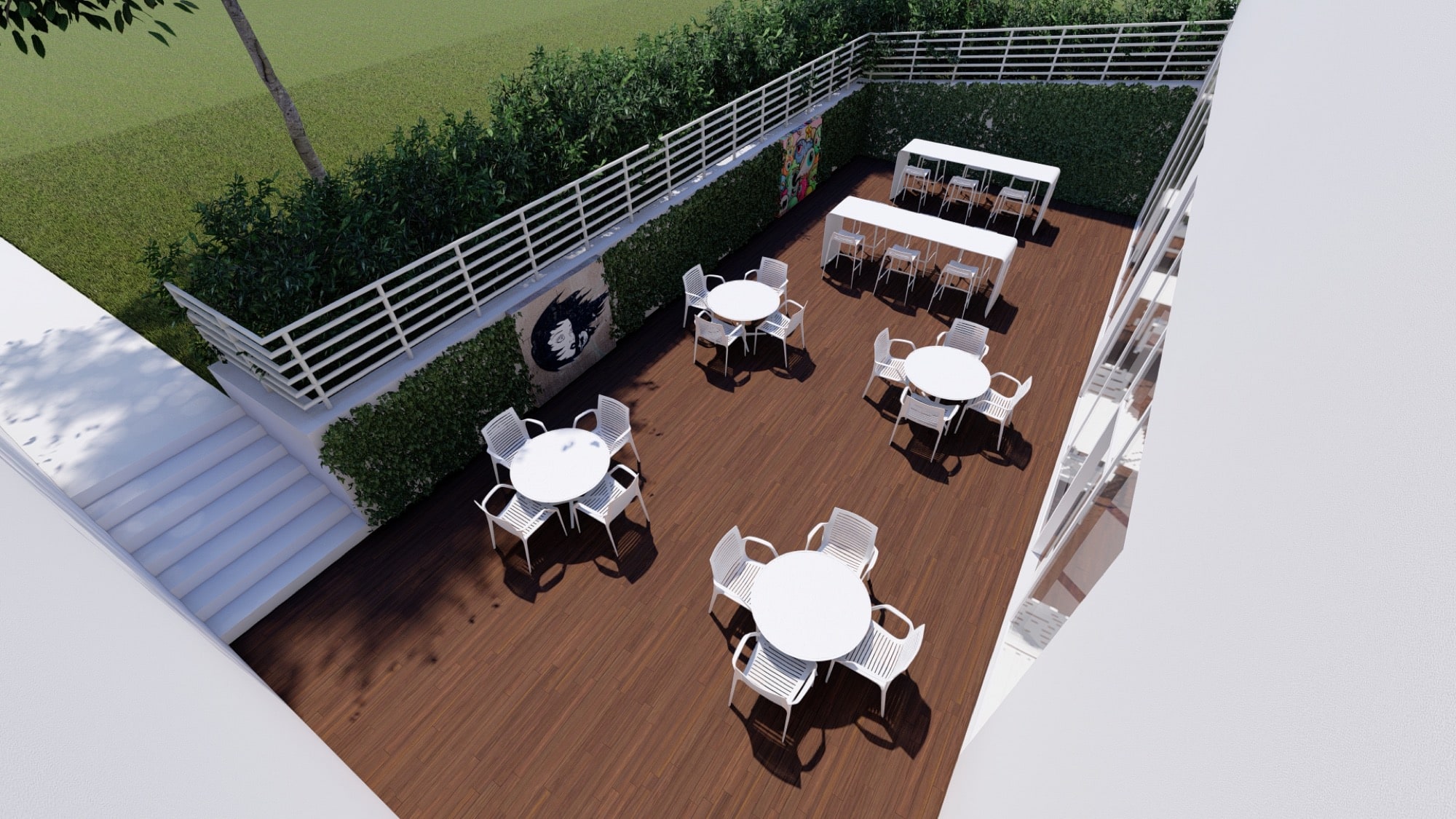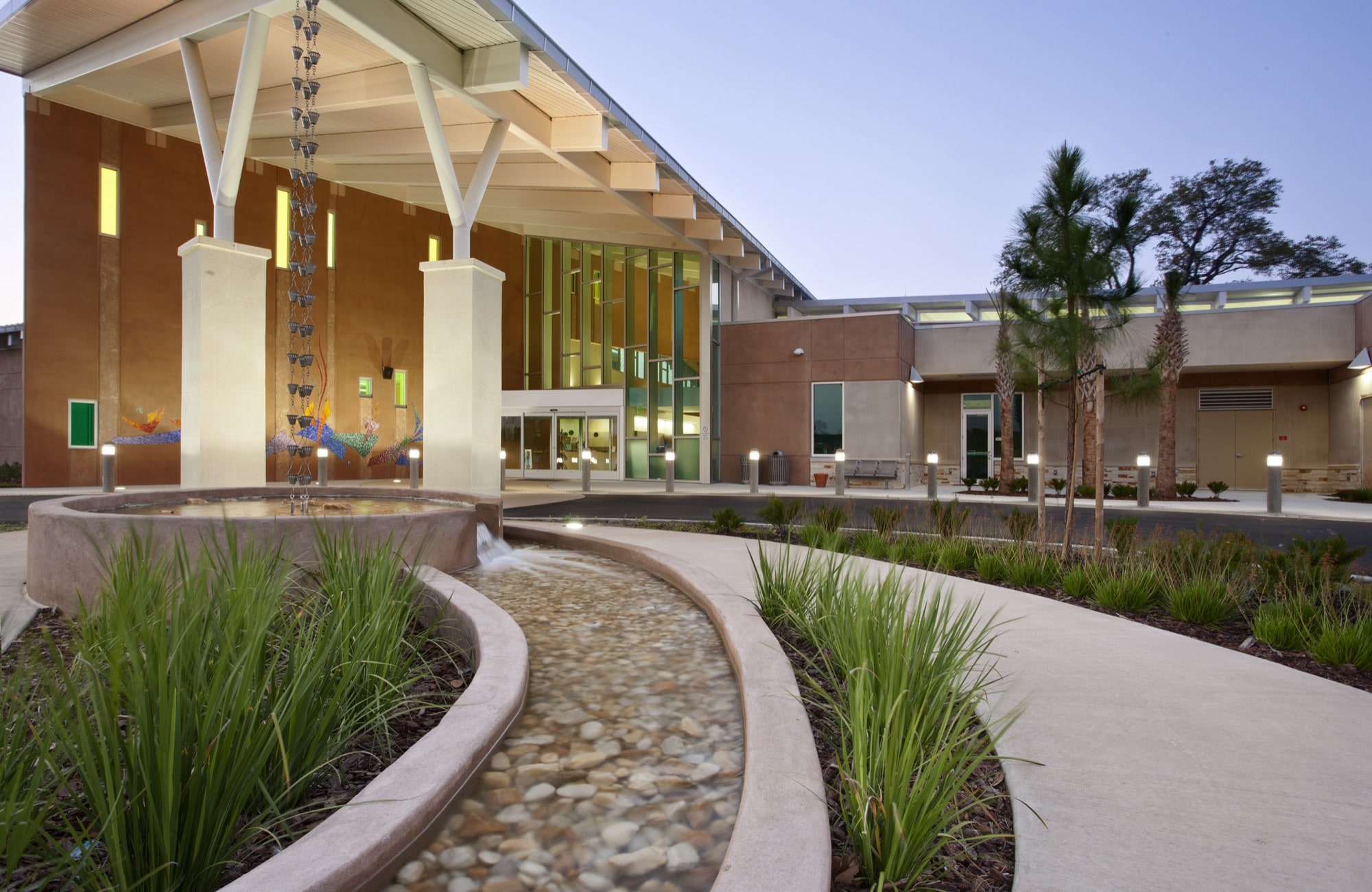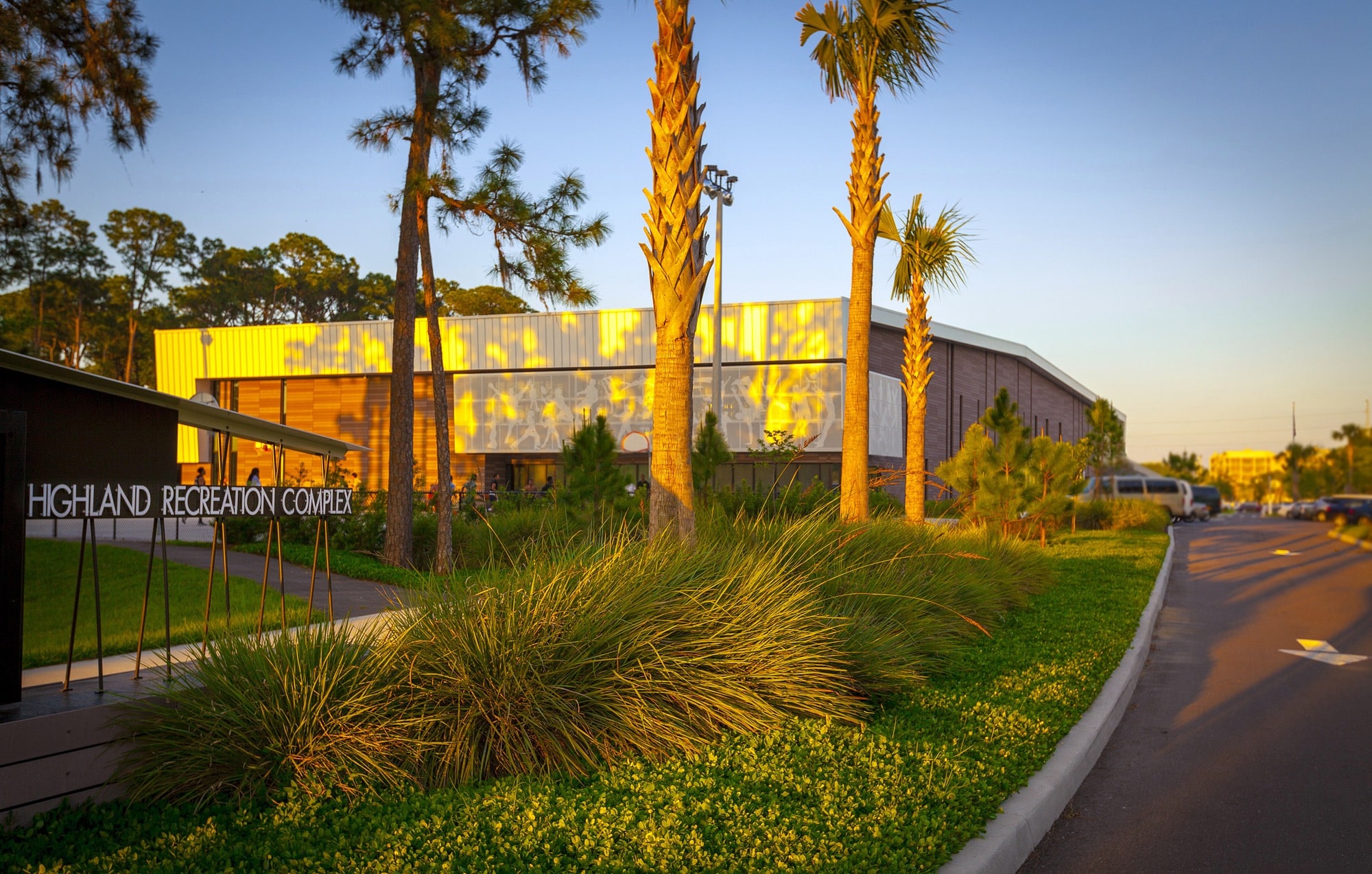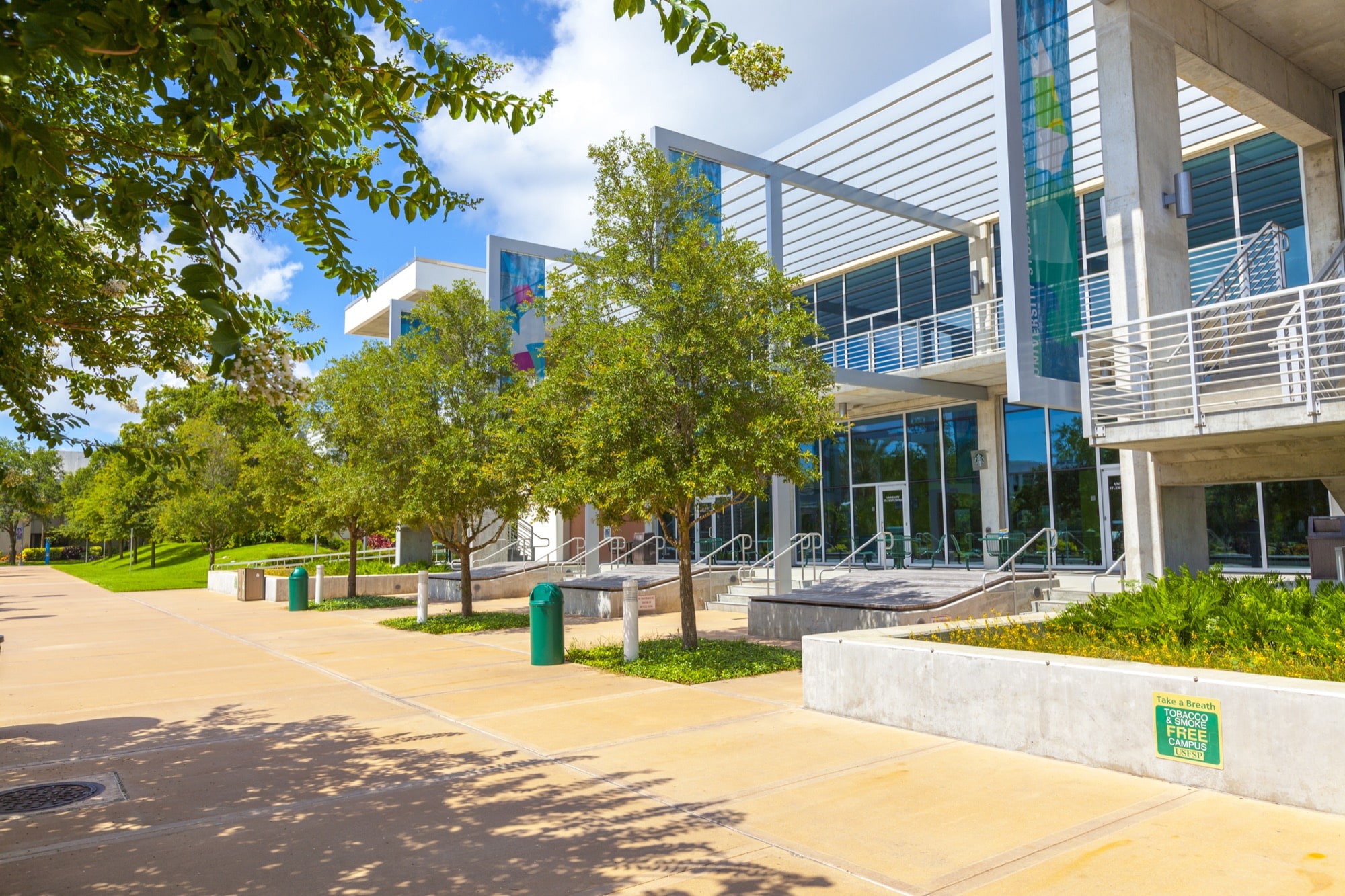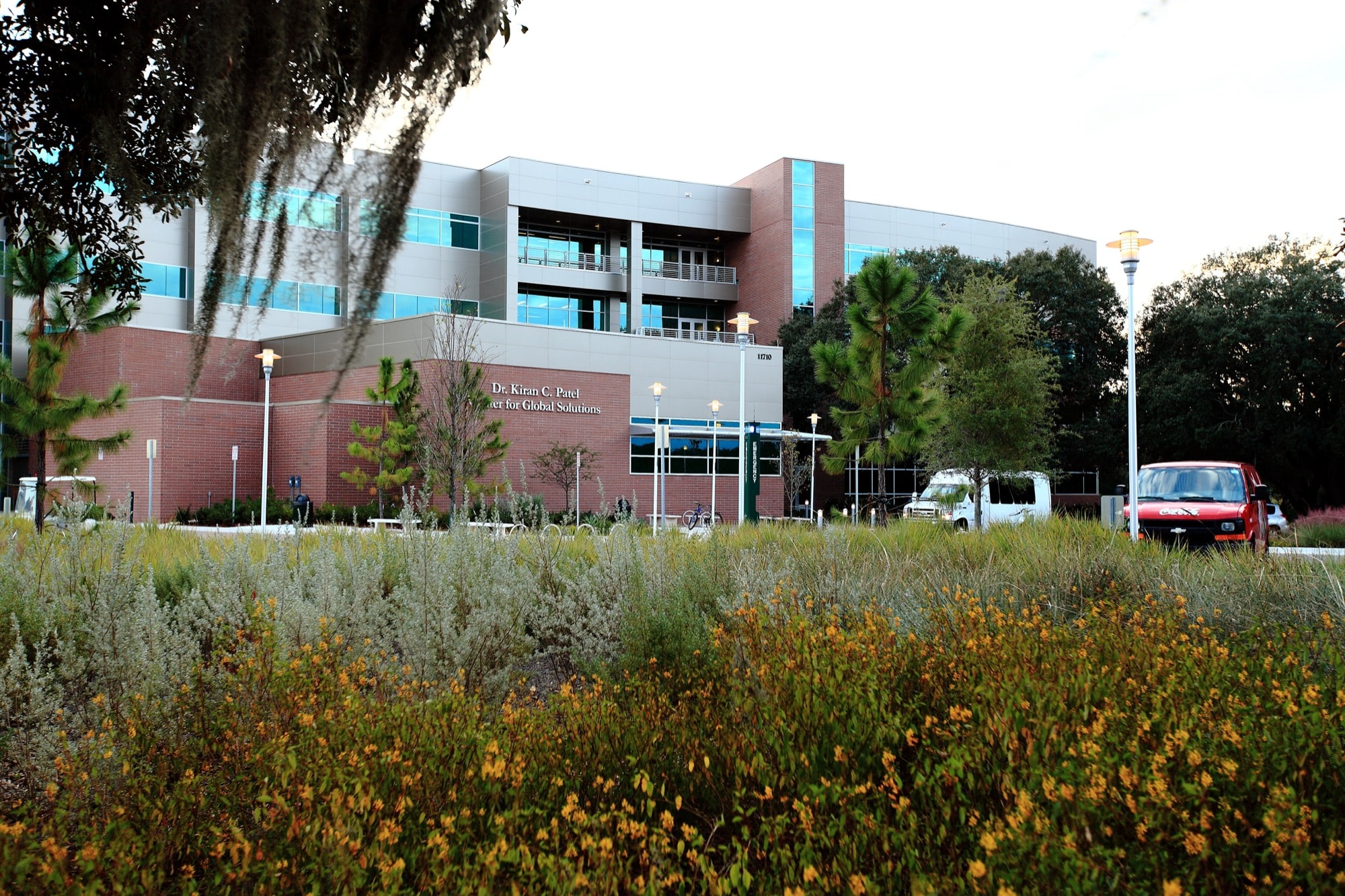Cancer Survivor’s Plaza
PROJECT INFO
Hope is powerful! Without it, Richard Bloch felt he could never have overcome his cancer diagnosis. After he did, he set out to share the power of that hope to everyone. Using his vast wealth from his H&R Block fortune, he determined to communicate the subtle thought that it is possible to survive by funding the creation of 56 public parks. Conner is honored to have been selected to design the Cancer Survivors Plaza for the City of Tampa.
The main objective of any cancer survivor’s park is to reach as many people as possible with the message: “You can survive cancer.” Centrally located across from the Tampa Bay Buccaneers Raymond James Stadium, Tampa’s Cancer Survivor Plaza will reach tens of thousands of people each day with this simple message. Beyond its message to the adjacent motorist, the plaza is also designed to provide information, education, hope, and enjoyment to those who visit or traverse the park.
This park features three spatial elements, each linked together by a gentle curving sidewalk. At the north end of the project, a mound of lime rock boulders rises out of the center of an elevated terrace, surrounded by a hovering ring displaying artwork of children who have been diagnosed with cancer. Leaving the terrace, the path slides gently past four massive soil berms shaped in the form of large waves. The waves gracefully symbolize the challenge that lies ahead, and the importance of water as a key component of life. The visitor then enters a round garden space enclosed with a living wall of Florida Gamma Grass. In the center of the plaza, a 65’ tall sail rises above the space with six panels, each different in size and rotating around the mast. Around the base of the mast, a bed of perennial plantings ensure that the room is always full of color and growth, symbolizing the purpose of this place: to celebrate life.




